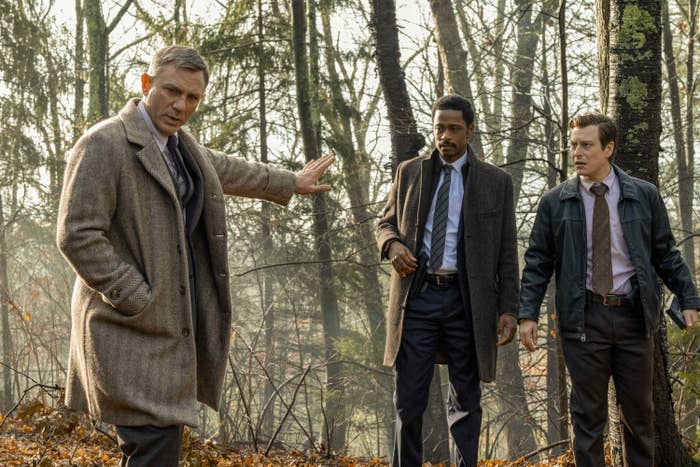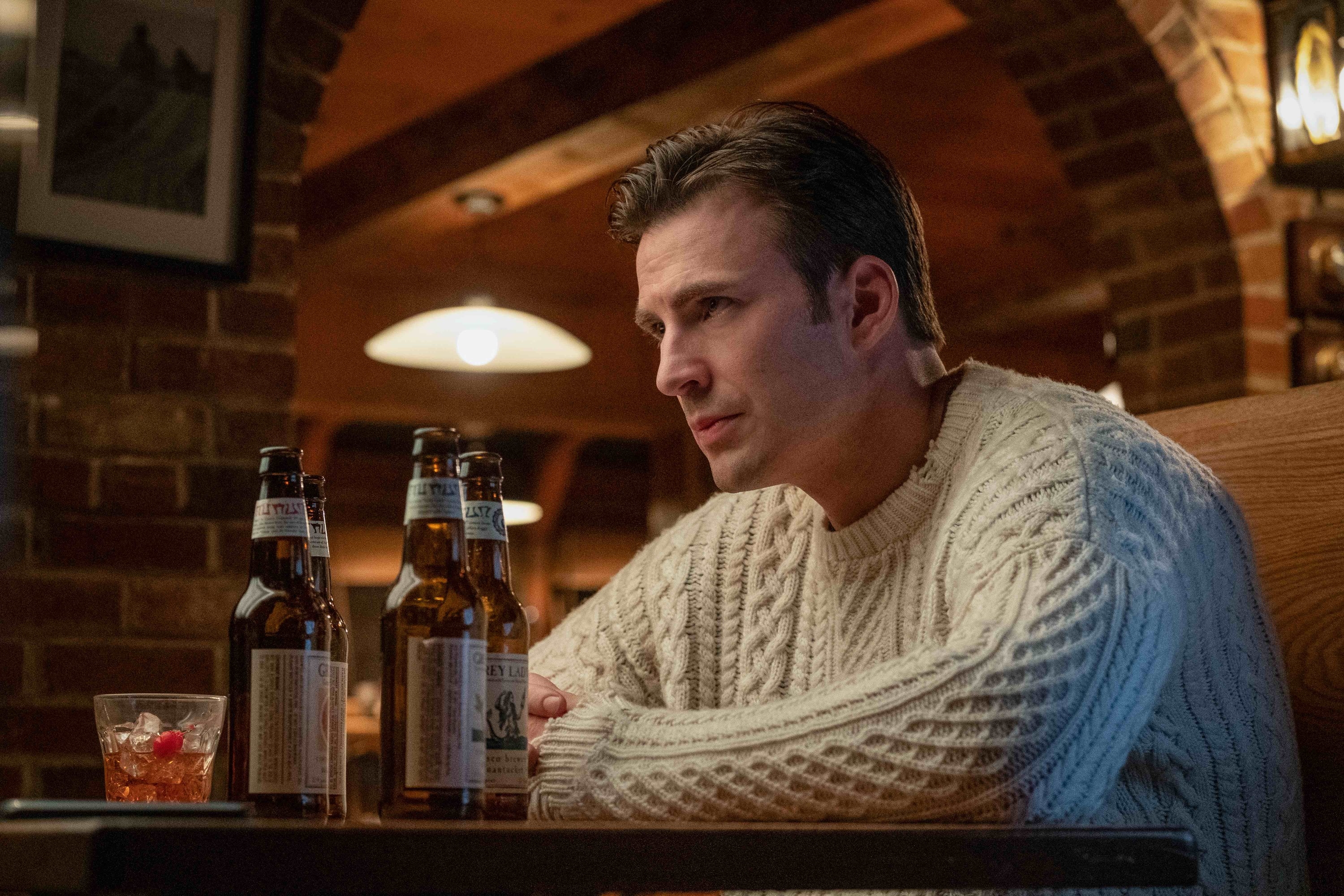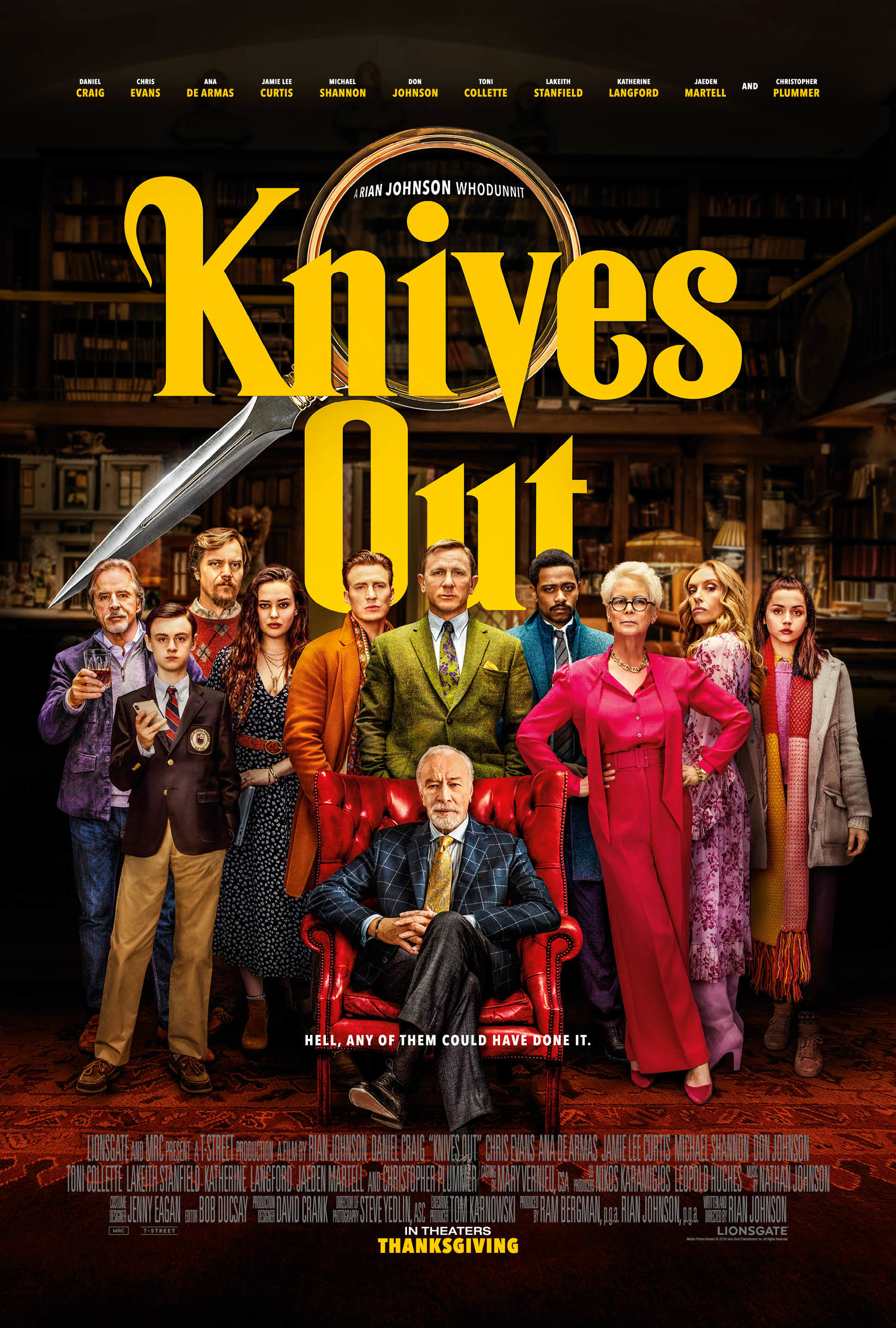
At my local theater in Montana, the New Year’s Day matinee of Knives Out started at 4:30. I assumed we could leave for the theater 10 minutes before it started, not worried about getting a seat. After all, the movie came out nearly five weeks ago — the weekend before Thanksgiving. But when we showed up at 4:35, while the previews were playing, there were just six seats left, all of which were filled before the opening credits started to roll.
On Twitter, dozens of people told me that their screenings over the last week were also sold out — anecdotal data supported by box office receipts: On New Year’s Day alone, Knives Out pulled in $3.5 million on American screens. Which doesn’t sound like a lot, until you remember that it’s been out for five weeks. As of January 3, Knives Out has grossed over $215 million globally, all the more remarkable given its modest budget of just $40 million.
Those numbers pale in comparison to director Rian Johnson’s previous feature, his controversial entry into the flagship Star Wars franchise; The Last Jedi (2017) cost more than $300 million to make and has earned more than $1.3 billion worldwide since it came out. But in Hollywood, a movie is generally thought to be profitable when it earns twice its budget, as studios often spend nearly as much on marketing and promotion as they do on the making of the movie. By that math, Knives Out is a massive hit and will only become a bigger one. (And, in what must be a somewhat satisfying twist of fate for Johnson, it’s now playing in theaters alongside JJ Abrams’ Star Wars: Episode IX — The Rise of Skywalker, which has seen massive ticket sales that are still significantly lower than the trilogy’s first two installments).
This begs the question: Why has Knives Out — an old-school whodunnit, unrelated to any established franchise or source material — done so well? Some of the movie’s success might be thanks to good holiday timing, but it also has something that the latest entries in the Star Wars, Jumanji, Frozen, Addams Family, and Maleficent franchises do not: incredible word-of-mouth buzz.
That’s something every studio craves: the mix of positive reviews from critics (less important) and actual moviegoers (more important) that nothing, save investing in a solid project, can buy. When a studio shields a movie from critics for as long as possible (most recently: Cats), it’s because it knows the buzz will be horrible and wants to get as many people in the theater seats before they can hear about it, or google it, and find out just how bad the film is.
The sort of word of mouth that sells out theaters five weeks into a film’s release often has very little to do with critics and everything to do with people telling their friends and family that a movie is actually good. Not “good for a Marvel movie,” not “a little long but has some good special effects” or even “definitely going to win some Oscars,” but good in that way that makes it hard to shut up about — usually the result of a movie exceeding expectations in some, often ineffable, way. That’s what Knives Out is: a pretty good movie that’s exceeding people’s expectations because their expectations for the movies are so damn low.

The plot revolves around the mysterious sudden death of an extremely successful mystery writer, Harlan Thrombey (Christopher Plummer), on the night of his 85th birthday, after a party featuring his large and eccentric extended family, along with his housekeeper and nurse. A renowned private detective named Benoit Blanc (Daniel Craig, with a syrupy Southern drawl) arrives to help law enforcement determine if his death was, in fact, the suicide it appears to be, or the work of one of his family members — each of whom is revealed, over the course of the film, to have reason to kill him.
The movie is twisty and delightful in its conclusion, chock-full of only slightly showy performances from a host of beloved actors. There’s also a star for every generation: Plummer for the greatest generation; Jamie Lee Curtis and Don Johnson for boomers; Toni Collette, Craig, and Michael Shannon for Gen X; Chris Evans and Lakeith Stanfield for millennials; Katherine Langford for Gen Z; Ana de Armas for everyone. In the same way that you sense with Ocean’s Eleven and any number of other ensemble-driven, adult-oriented, genre-rooted films directed by Steven Soderbergh or the Coen Brothers, everyone in the cast, it seems clear, is just thrilled to be invited.
And like so many of Johnson’s films, the single best word to describe Knives Out is “clever” — but it also just feels better than you think it will be. As Dana Stevens notes in her review for Slate, the film’s setup, “with its houseful of eccentric suspects and flashbacks from multiple points of view, feels cozily retro.” But the approach, Stevens argues, is “startlingly modern.” Not startlingly original — it’s not Parasite, another low-key hit with long box office legs that has a much sharper bite. Instead, it’s a mix of timeworn genre elements (the master detective, complete with tweed suit; Hitchcockian red herrings), wry costume details (Evans’ sweaters, Curtis’s pantsuits), political commentary (particularly as concerns WASPy liberalism), and star power.
Unlike Johnson’s previous, non–Star Wars films (Brick, The Brothers Bloom, Looper, all excellent in their own ways), Knives Out isn’t overladen with sadness. Instead, it crackles: As Manohla Dargis points out, “Johnson understands that one of the pleasures of mystery stories is how they turn viewers into detectives, eager amateur sleuths who also sift through clues, false or not.” When you watch it in a packed theater, as many people have, either post-Thanksgiving or post-Christmas, you get the sort of communal viewing experience that can make a good movie feel amazing. Solid jokes (like the one that misappropriates the Hamilton line “Immigrants: We get the job done”) feel like great ones; crafty reveals (the knife at the end!) feel like revelations.

But Knives Out isn’t just a good, fun movie. It’s also an “adult movie,” an industry term to describe films that don’t conceive of their primary, de facto audience as 17-year-old boys — an actual production and marketing tactic that coalesced around blockbuster fever in ‘70s and ‘80s Hollywood, which historians date to the 1975 release of Jaws. Even in the midst of that boom in huge action movies (and their sequels), adult movies with relatively small budgets and relatively large appeal bolstered the studios’ bottom line.
So many massive hits of the ‘80s and ‘90s — Tootsie, An Officer and a Gentleman, As Good as It Gets, Rain Man, Pretty Woman, Big, Jerry Maguire, Sneakers, Coming to America, Erin Brockovich, O Brother, Where Art Thou? — were positioned squarely in the adult movie quadrant. They weren’t indie movies. They weren’t especially innovative in terms of style or narrative. But they almost always featured big stars and delivered on a simple promise: You, an adult, could go to see them and have a good time at the movies.
That was before Hollywood had so fully shifted toward the Marvel/Disney approach of treating movies released in theaters as CGI-ameliorated narrative shells to sell merch. Franchises are built on exploitable intellectual property and diluted to be as legible (and inoffensive) to the biggest global audience possible — especially those in China. The money and star power once allocated to adult movies has been reoriented, either to prestige television or straight-to-VOD releases.

That could have easily been the fate of Knives Out: The cochair of Lionsgate, the studio behind the movie, admitted that “on paper,” it “could live on a streaming service.” But the strength of the film convinced them to put a full marketing push behind it — including in China, where it’s pulled in nearly $30 million. Along with Ford v Ferrari, A Beautiful Day in the Neighborhood, and Queen & Slim, Knives Out has been credited with “saving” the Thanksgiving box office and heralded as a “triumph of original content.” “Original films just came back in a big way,” one film marketing strategist told the Hollywood Reporter. “Hollywood needs to seize this momentum and keep dishing out midrange, adult content. If they stop doing that, they will lose out on all the best talent that is already gravitating toward streaming.”
It’s not just the stars, after all, who are gravitating toward streaming. So are auteurs (and defenders of “cinema”) like Martin Scorsese, who wanted to make the mobster epic The Irishman on his own terms and got permission to do so from Netflix. And so are millions of viewers, who increasingly associate going to movies in the theater with soft disappointment: So many movies are underwhelming, unnecessarily long, and, especially in comparison to streaming, incredibly expensive. At least, if you’re watching on your couch, you can just turn it off halfway through.
“I walked out of the theater,” one person told me after seeing Knives Out, “and wished every movie was this movie.” I get the sentiment, but that’s part of what got us in this position in the first place: the Hollywood tendency to watch lightning strike once, then try to engineer it to strike in precisely the same way again and again until everything electric about a film or genre or star is sucked away. As one person joked on Twitter, the likely studio reaction to this movie’s success won’t be to greenlight more adult-oriented genre films, but to make Knives Out 2: Pistols Out, a series called The Knives for Netflix, and the CGI children’s cartoon Baby Benoit! Hollywood still doesn’t seem to get it, in part because success like this is so difficult to reproduce: It’s the stars, but it’s more. It’s the genre, but it’s more. It’s a solid script, a savvy director, attention to detail, and excellent casting — and the end product adds up to more, rather than less, than the sum (both literally and figuratively) of its parts.
Back in the 1950s, studios desperate to distinguish their product from the newly ascendant medium of television resorted to all manner of gimmickry (Smell-O-Vision!) and spectacle (Cinerama, CinemaScope, roadshowing) in order to remind audiences that there were things no television show, especially at that time, could do. These days, Hollywood has embraced that strategy so fully that it’s lost sight of what actually makes people go to the movie theater: the enduring pleasure of seeing a whole bunch of stars, in a pretty good movie, on a huge screen, in a room full of people. ●
